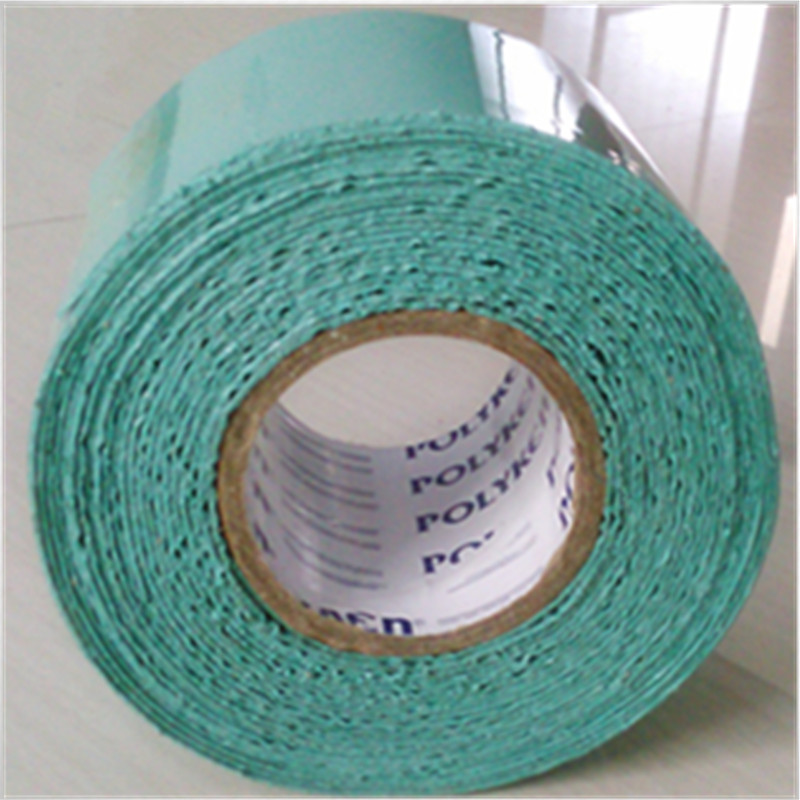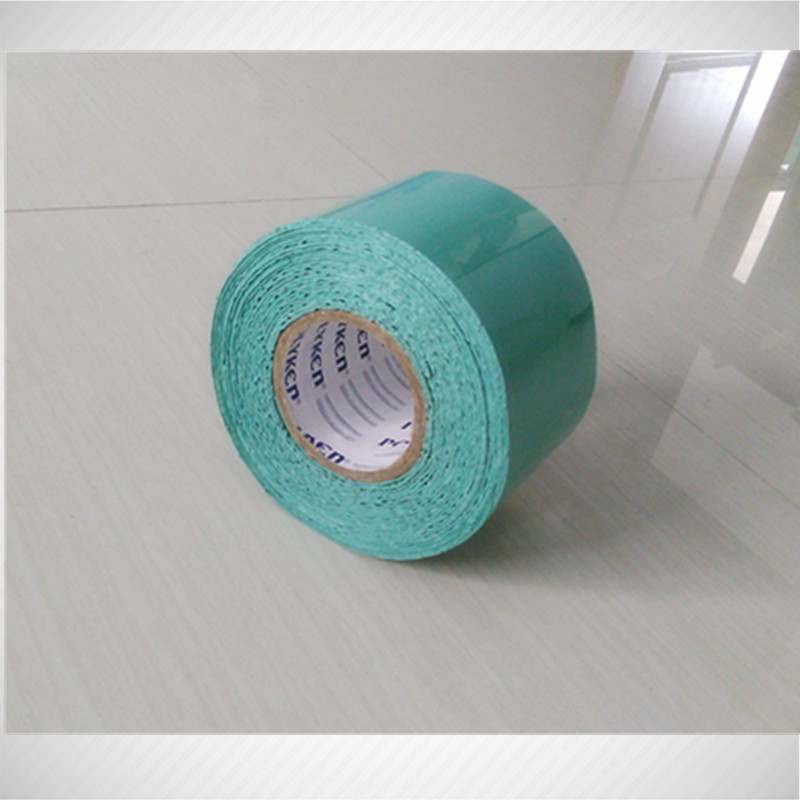1, select a low noise image sensor
The image sensor is the source of the video signal. Selecting a low-noise sensor with a high signal-to-noise ratio is necessary, which provides the basic conditions for subsequent processing.
2, focus on noise reduction image processing process (ISP)
The clear and low-noise image is the primary condition for obtaining low bit rate video. Image noise is mixed into the image detail feature, which will greatly increase the amount of information in the subsequent encoding process, thereby increasing the code stream. So first of all to obtain clear and low noise images, this puts forward some requirements for the image processing process (ISP). ISP mainly includes demosaic, filtering, sharpening, white balance, exposure control, gamma correction and other processing processes, where filtering and sharpening have the greatest impact on noise. There are many filtering algorithms. We need to select a filtering algorithm that can hold edge information, so as not to reduce the resolution. Applying 3D filtering is also a good choice. It can use interframe information. The result of the combined effect of filtering and sharpening is to obtain a low-noise clear image, and then proceed to the next video encoding process.
3, select a high compression rate video encoder
As a mature video coding standard, H.264 has been widely used in network cameras and is also generally supported by smart phones. For this reason, as with other camera manufacturers, we also chose the H.264 video encoder for video encoding. Still further, we chose MainProfile on the grounds that B-frames and CABAC encoding can be used. These two functions have a great effect on reducing the code rate. B-frames can perform bi-directional prediction, making the prediction more accurate and reducing the code stream; at the same time, the decoded B-frames can no longer be set as reference frames. The error caused by quantization is limited to the range of this frame and does not continue to spread. Therefore, the quantization parameter of the B-frame can be appropriately increased, and the bit stream can be reduced without causing significant damage to the video quality. Compared with CAVLC encoding, CABAC encoding can save about 10% of the code stream in the same data source information. This gap is enough to make CABAC the only choice for us.
4, optimize the video encoding stream
There are I-frames, P-frames, and B-frames in H.264 encoding. Among them, the I frame is intra prediction coding, and all intra prediction methods are implemented as much as possible. This can improve the prediction accuracy and reduce the amount of residual data, thereby reducing the code stream. In a GOP, the number of P-frames and B-frames is much larger than I-frames, so the two types of frame encoding are the main factors that determine the size of the video stream. For P-frame and B-frame coding, the accuracy of the inter-frame prediction directly determines the amount of residual information, so the accuracy of the prediction must be improved as much as possible. The means include adding reference frames and expanding the search range; constrained by hardware resources, in the camera It is not realistic to implement a full-pixel search, but too few search points can seriously affect the search accuracy. Therefore, the number of search points should be increased as much as possible to obtain high search accuracy. Finally, the best position is matched by 1/2 pixel and 1/4 pixel. .
5, according to the importance of pixel information to allocate macroblock QP
The quantization parameter QP directly determines the picture quality, and also has a great influence on the code rate. When QP is added, the quantization error increases, the picture details are lost, and the code rate becomes smaller. Reducing the QP will have the opposite effect; this causes confusion for selecting an appropriate QP value. The ideal solution is that the part of the picture that contains important information needs detail, and these parts should use smaller QP values; the rest of the picture does not require too much detail, and these places can use relatively large QP values. By this way of changing the QP, it is possible to greatly reduce the code stream which does not pay attention to the details in the picture, and at the same time does not harm the monitoring object picture in the picture. This is an important part of reducing the code stream.
6. Implement intelligent analysis
Intelligent analysis refers to the analysis of images. There are two main functions: motion analysis and image area analysis. Motion analysis is to obtain the moving objects in the video, such as people and vehicles. The analysis results can be further used in intrusion detection and other warning rules. Image area analysis is the basic condition for realizing QP distribution. The analysis result is to obtain the motion area and static area. The distribution, usually the still areas are some background areas, these areas can be used in the H.264 encoding process to apply a larger QP value to achieve the purpose of reducing the code rate.
7. Application rate intelligent adaptive control
The 3G network's real-time effective bandwidth is in a constantly changing state. It can effectively match the video output bit rate and the real-time available bandwidth in time, which can improve the network transmission efficiency and thus provide the client with a better quality video code stream under the same conditions. The real-time bandwidth of the network is an unpredictable factor. Considering that the instantaneous bandwidth jitter does not have a substantial impact on the communication, we only need to process the slow jitter that takes a long time, preset a basic bandwidth parameter, and then detect the stream transmission. The TCP congestion state in the process is corrected accordingly, as an approximation of the real-time bandwidth.
The change of scene content (including ambient light conditions) is the main factor that causes the code rate to change actively, and the rate adaptation process needs to adjust several parameters dynamically. These parameters include: video frame rate, quantization parameter QP, video filter strength, image Sharpening intensity and image analysis sensitivity are distributed in various processing links such as ISP, intelligent analysis, and H.264 encoding. The influence of each parameter on the code rate is different. What parameters need to be adjusted and the magnitude of the adjustment need a more complicated control strategy to implement. This process is code rate intelligent adaptive control. Rate adaptive control requires high real-time performance. In addition, in order to ensure a smooth transition of the code rate, the parameter adjustment process also needs a gradual transition, so as to obtain a better visual effect.
8, the choice of the main chip
At present, network cameras basically all use single-chip solutions. The main choices include ASICs and FPGAs. Traditional high-definition cameras mostly use camera solutions provided by ASIC chip manufacturers, so these cameras cannot achieve low-stream HD. In order to achieve low bitstream HD, an FPGA solution can be adopted, which has a parallel processing mechanism that can bring real-time performance and high performance, and is flexible in design, and it is convenient to implement all the processing required for low bit rate targets.
POLYKEN Visco-elastic anticorrosive tape is a new-type high-performance viscoelastic polyolefin material. It preserves the dual characteristics of the 100% solid adhesive material and liquid adhesive material. In normal conditions, its viscoelastic property will keep above 30 years. This product has excellent viscolastic , water-proof sealant and easy-used characters.
VISCO ELASTIC COATING is a 2-layer system that consists of a corrosion protective inner wrap (VISCOWRP) and mechanical protective outer wrap that can be a PE, PVC or PU composite outer wrap.
Features
Is easy to use and can be applied in almost any situation, including below- and above-grade structures and steel pipelines,elbow pipe, pipe bending, three joints and insulated flange.
Remains flexible even after decades
Adheres to any dry surface, such as concrete, steel, pvc, piping, ducts, etc.
Is easy and safe to use. No primers, solvents or heating are required.
Is the latest viscous elastic coating, with unique features.
100% impervious to moisture and gases.Works as a corrosion / vapor barrier, water stop and encapsulation agent
Is a long-term solution for Soil-to-air transitions, Field joints, High salt and water content,In-ditch applications,Pipeline Renovation Repair
Excellent Self healing
No curing time,Permanent wetting characteristics.
100% inert formulation : no reactive groups and no deterioration in the course of time.
30 years product warranty.


Polyken Visco-Elastic Tape Coating System
Polyken Visco-Elastic Tape Coating System,Visco-Elastic Tape,Visco-Elastic Anti-Corrosion Tape,Pipeline Visco-Elastic Tape
Jining Qiangke Pipe Anticorrosion Materials CO.,Ltd , https://www.pipe-wrap-tape.com